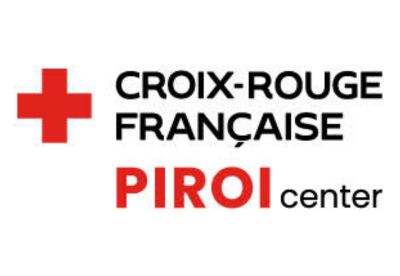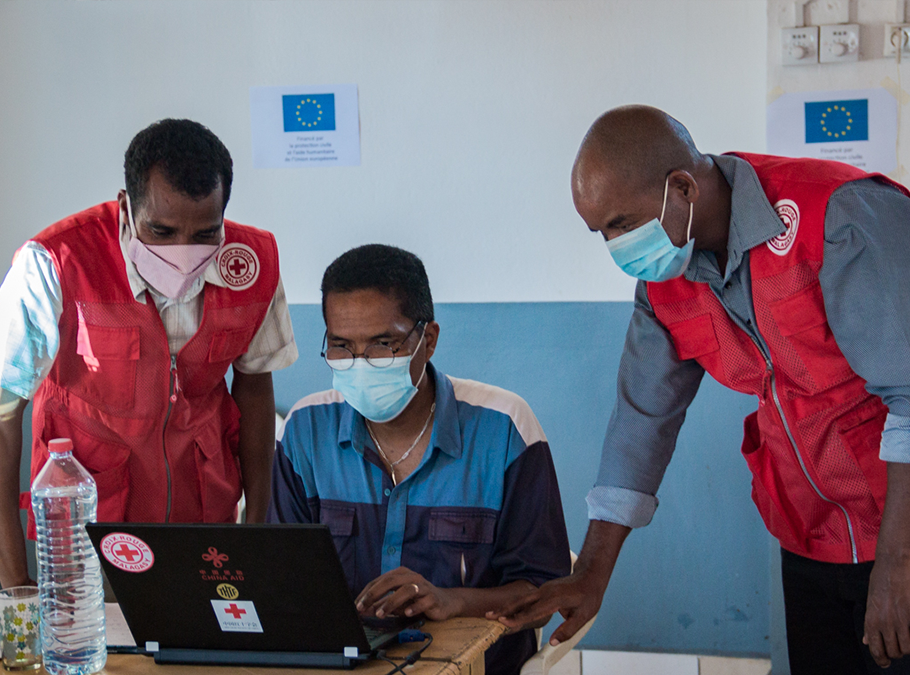
29 12 2021 | 2021, Mauritius, Disaster Preparedness, Union of the Comoros, Madagascar, Comoros Red Crescent, Malagasy Red Cross, Mauritius Red Cross
What is contingency planning? Contingency planning is a structured, multi-step method of preparing an organisation to respond adequately to an emergency and its potential humanitarian impact. The development of a contingency plan defines the role of each stakeholder...
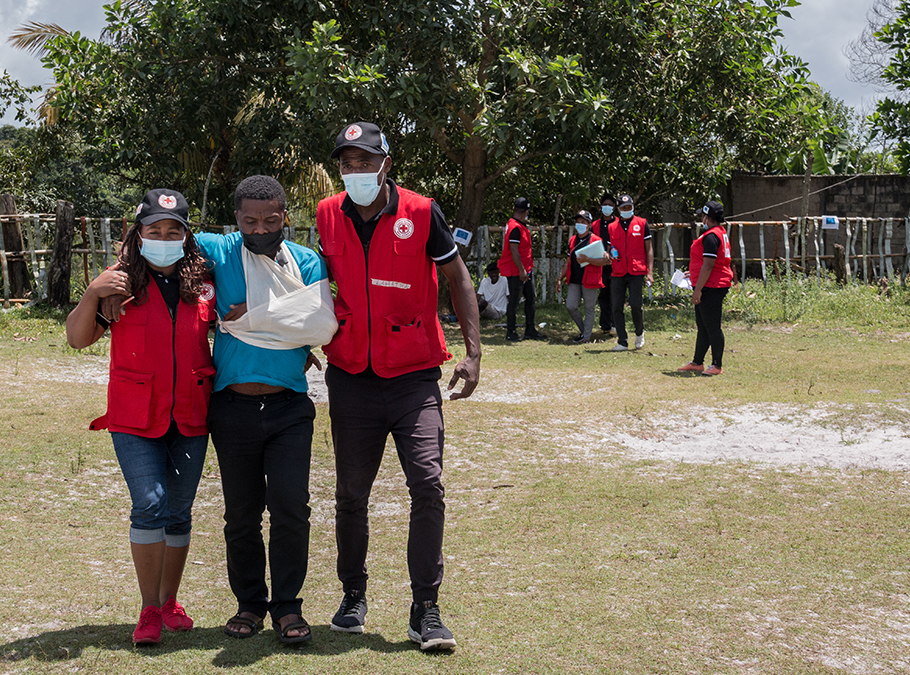
29 12 2021 | 2021, Mauritius, Disaster Preparedness, Union of the Comoros, Madagascar, Comoros Red Crescent, Malagasy Red Cross, Mauritius Red Cross, Show
To respond effectively to disasters, National Societies (NS) in the south-west Indian Ocean can rely on their network of trained volunteers to assist the population. There are two types of volunteers, depending on their geographical scope: NDRT: National...
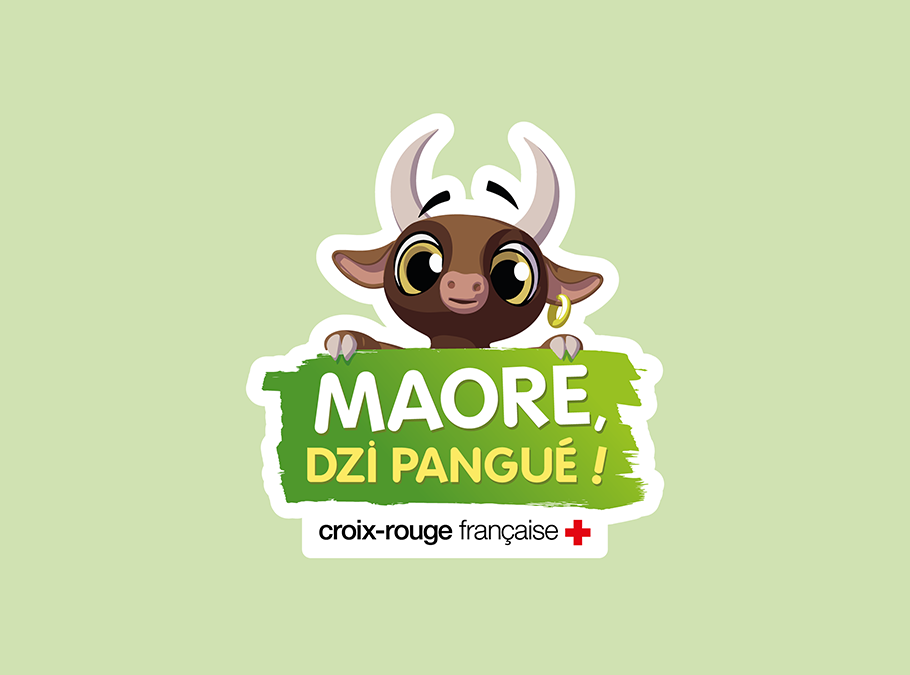
29 12 2021 | 2021, Mayotte, Disaster Risk Reduction, French Red Cross
As part of its risk prevention and reduction program, PIROI is conducting a project to raise awareness of natural risks adapted to the context of Mayotte: the Maore, dzi pangué project. Its objective is to raise awareness among the population of Mayotte that is most...
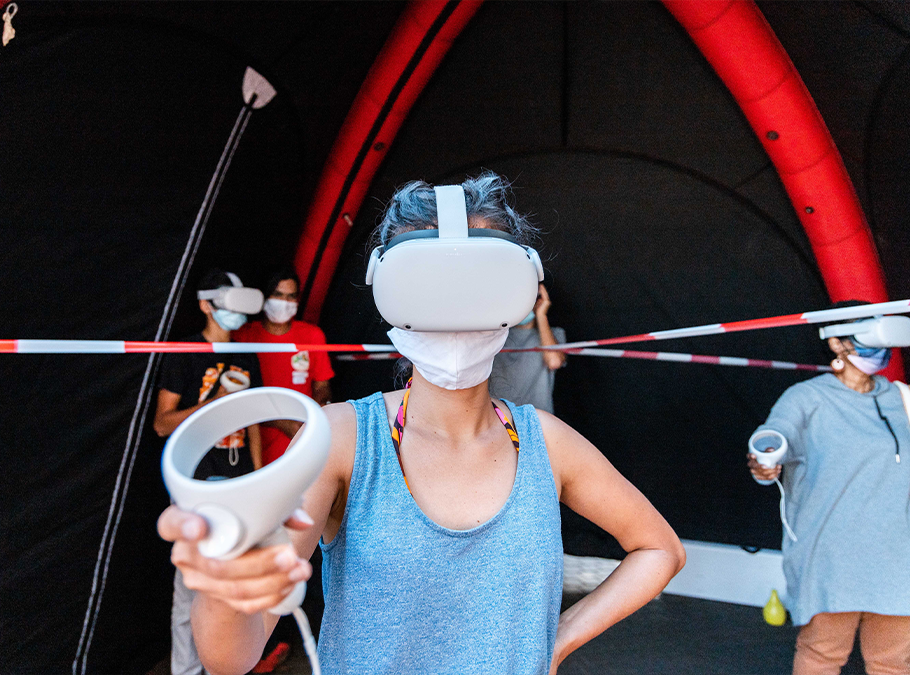
29 12 2021 | "Paré pas Paré" project, 2021, Disaster Risk Reduction, Reunion, Show
As part of its disaster risk reduction strategy, PIROI regularly develops new tools to bring a fresh perspective to its prevention and awareness-raising activities. In Reunion, the Paré pas Paré [“Ready or not?”] project has adopted an innovative approach in order to...
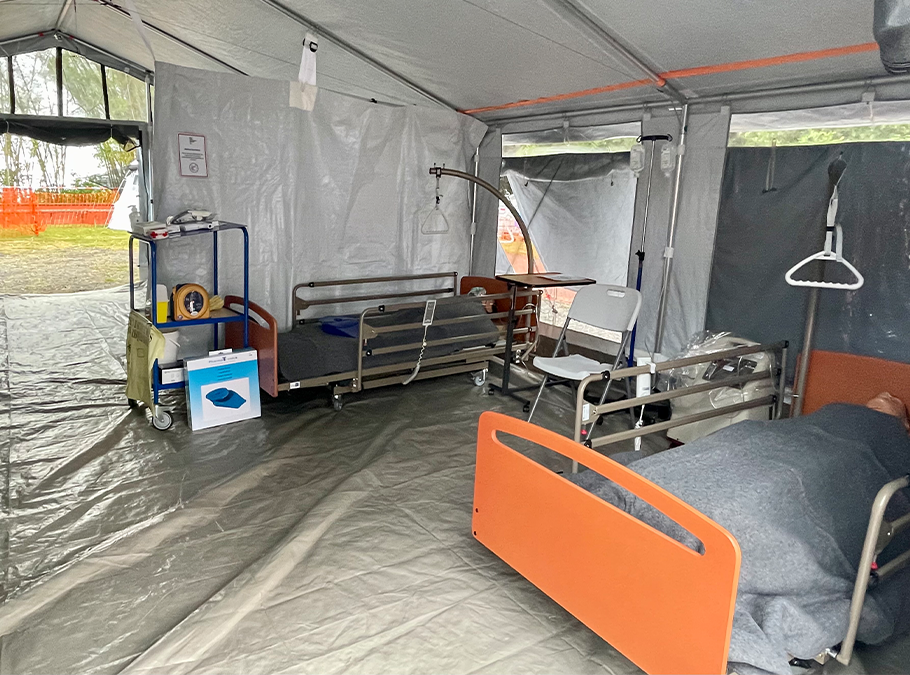
29 12 2021 | 2021, Health Risks, International, Indian Ocean Region, PIROI, Show
South-west Indian Ocean countries are extremely vulnerable to the risk of epidemics due to the relative development levels of their healthcare infrastructure. These regions have been or are affected by numerous tropical diseases (dengue, chikungunya, malaria,...
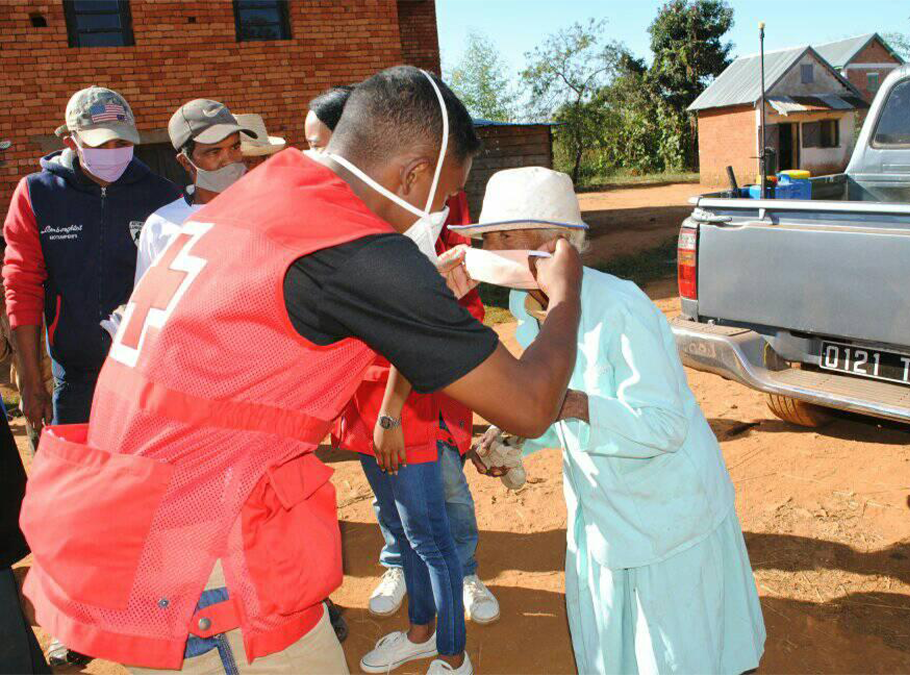
28 12 2021 | 2021, Health Risks, Indian Ocean Region, Comoros Red Crescent, French Red Cross, PIROI, Malagasy Red Cross, Mauritius Red Cross, Mozambique Red Cross, Show, Seychelles Red Cross, Tanzania Red Cross
To support COVID-19 response by south-west Indian Ocean National Societies, PIROI has sent a new shipment of 1,200,000 COVID-19 protection masks (surgical and cloth), 10,000 pairs of gloves, and 250 litres of sanitiser gel thanks to a donation from the French...







